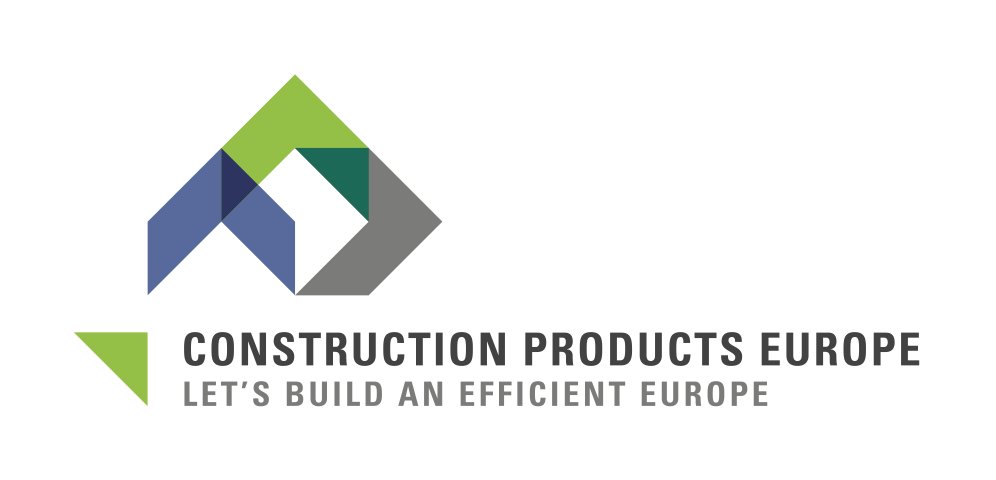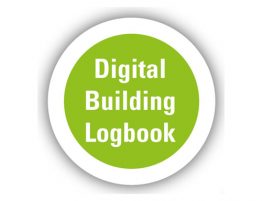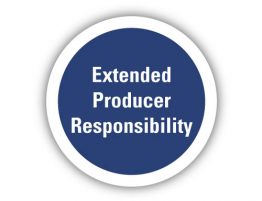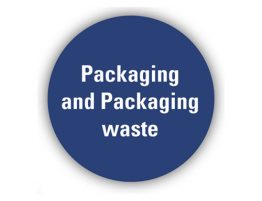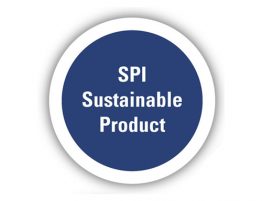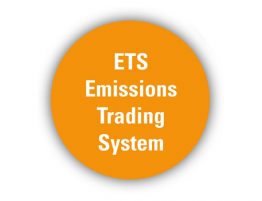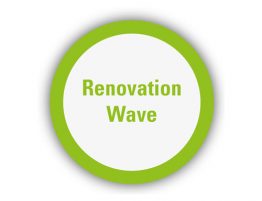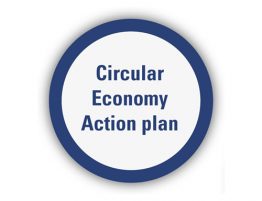Product Data Templates & BIM
All activities in the last years experienced a transformation triggered by the increasing access to data and software applications. Construction was not an exception and a digital environment called Building Information Model (BIM) was created. The main challenge of digitalisation in construction is interoperability. Software applications must be able to exchange information, but it is not possible unless standardised data structures and exchange formats for digital information are provided. In CEN/TC 442, two standards have been developed to enable such interoperability: EN ISO 23386 and EN ISO 23387. Together they provide the framework for data templates. Initiative such as Smart CE marking (digitalisation of declaration of performance within the CPR regulatory framework) were developed according to these standards to maximise its compatibility in the BIM environment.
A data template is a common data structure describing the characteristics (properties) of an object (usually a product), according to a source of information. When a data template is completed with information, the output is called a data sheet. In practice, a data sheet includes the performance and the technical characteristics of the object. With an information exchange format, data sheets can be shared and used by different IT tools or digital environments.
Only regulatory and voluntary initiatives developing harmonised data templates will ensure that the concepts they are defining are also implemented in the digital environment. For this reason, Construction Products Europe developed CWA 17316:2018 Smart CE marking for construction products which contains guidance to be used by product standardisers to develop product data templates, including an XML exchange format. In practice, Smart CE marking is the implementation of product data templates to construction products in the scope of the Construction Products Regulation. When manufacturers digitise their Declarations of Performance under the CPR using Smart CE, they are creating the harmonised data sheets containing the relevant regulatory information.
Environmental Product Declaration can also be delivered as product data sheets. The rules to digitise them are available in ISO 22057, the standard is not published yet but it will contain the necessary guidance. The benefit of this initiative is the interoperability, so if in future EPD information in integrated in the CPR, product data templates will also be integrated.
Manufacturers are the reliable source of product information
to be used across the construction value chain
Other proprietary approaches to digitalisation exist in the market but they will only work in practice if they can be easily implemented by companies of any size without a deep IT knowledge and while the manufacture keeps the ownership of the information. Other approaches such as databases for which an entry fee is requested failed to be relevant in the market and probably will not have the implementation of standardised, open approaches.
The potential benefits of product data templates need to be unleashed in relation to other policies and initiatives. Building logbooks, Level(s), substance declaration will facilitate their market implementation if harmonised European data templates are developed. Data should be considered as an asset with real value but the only way to get the benefits from the delivery of information is by controlling the digitalisation of product information in interoperable formats within product data sheets.
